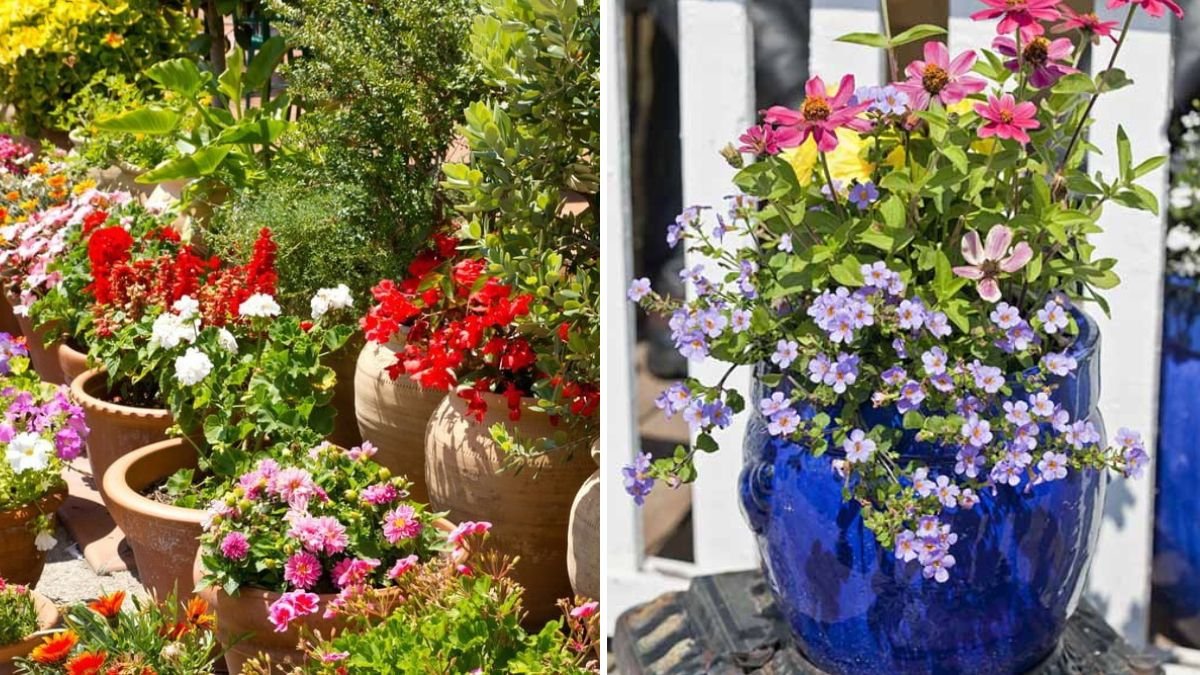Creating a balcony, terrace, or indoor garden that feels lush, dynamic, and visually appealing is not just about selecting the right plants—it’s also about how you arrange your flower pots. Proper arrangement can make a small space appear larger, highlight focal points, and create layers of interest that draw the eye. The key is to create visual depth, giving your garden a three-dimensional, immersive feel.
This guide explores practical techniques, design principles, and creative tips for arranging flower pots to maximize depth and aesthetic appeal.
1. Understanding Visual Depth in Gardening
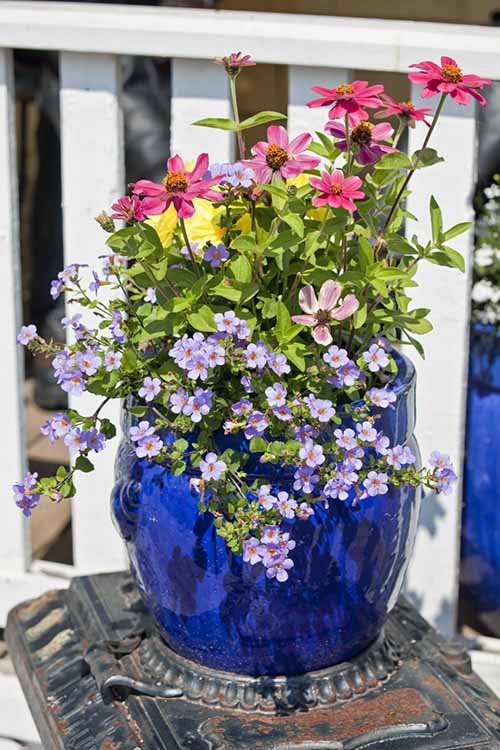
Visual depth is a design principle that makes a space feel larger, more layered, and dynamic. In gardening, depth is achieved by:
- Layering Plants: Placing plants at different heights and distances.
- Color Contrast: Using lighter and darker shades strategically.
- Perspective: Placing taller elements at the back and shorter ones in front.
When you arrange pots thoughtfully, even a small balcony or patio can feel expansive and vibrant.
2. Use Height to Create Layers
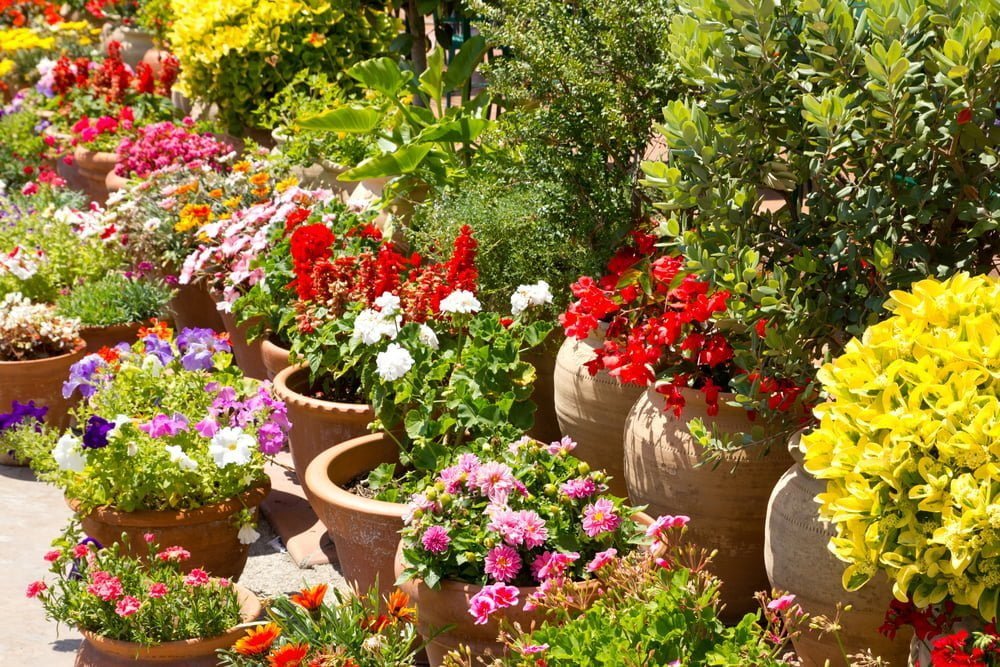
Height variation is one of the simplest ways to add depth:
- Tall Plants at the Back: Use trellises, tall planters, or floor-standing pots for taller plants. Examples include sunflowers, bamboo, or climbing vines.
- Medium Plants in the Middle: Shrubs, ferns, or flowering perennials fill the mid-ground.
- Short Plants in the Front: Low-growing plants like pansies, succulents, or herbs occupy the foreground, ensuring nothing is blocked.
Tip: Use plant stands, shelves, or stacked crates to elevate pots and create multiple visual layers.
3. Group Pots in Odd Numbers
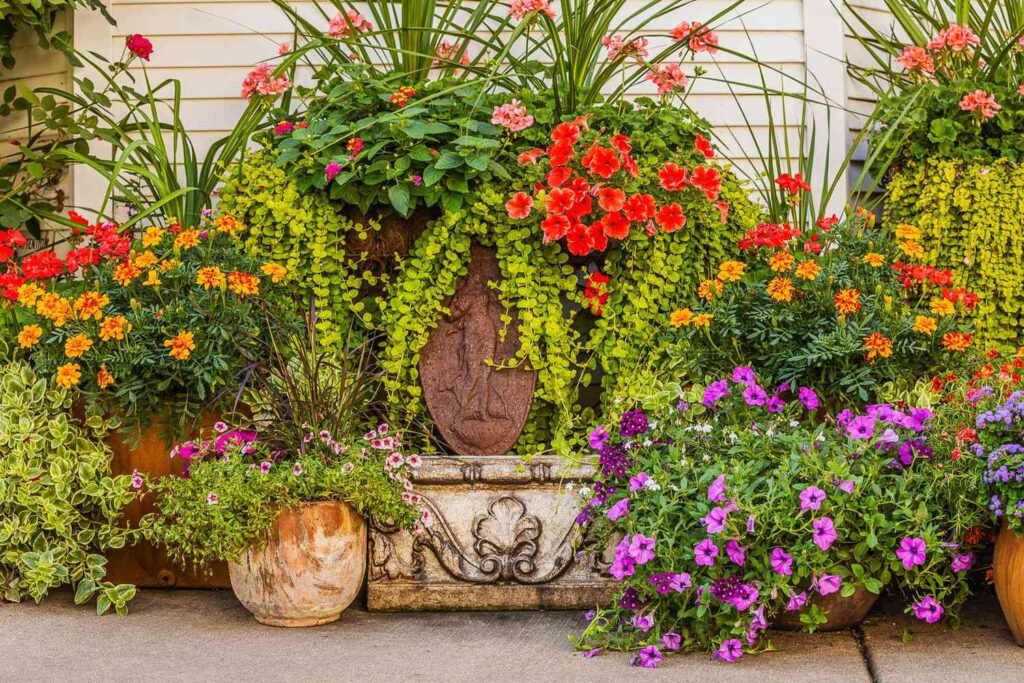
Odd numbers (3, 5, 7) create a natural, visually pleasing arrangement:
- Place pots in groups rather than linearly for a more dynamic look.
- Use a combination of different heights, sizes, and textures within the group.
- Avoid symmetry; asymmetrical groupings feel more organic.
For example, group a tall fern, a medium orchid, and a low trailing plant together to create a balanced yet dynamic visual cluster.
4. Use Color Strategically
Color can enhance visual depth and draw attention:
- Darker Colors in the Back: Dark green or deep purple foliage recedes visually.
- Lighter Colors in Front: Bright or light-colored flowers like yellow marigolds or white petunias appear closer to the eye.
- Accent Colors: A bold flower in the middle layer can act as a focal point, creating a sense of depth.
Mixing foliage colors, flower colors, and pot colors helps differentiate layers and create dimensionality.
5. Incorporate Texture and Leaf Shape
Different textures make your garden visually interesting and layered:
- Fine vs. Broad Leaves: Fine-textured plants like ferns or grasses contrast well with broad-leaved plants like hostas or elephant ears.
- Smooth vs. Rough Surfaces: Combine smooth foliage with rough, textured leaves for depth.
- Trailing vs. Upright Plants: Trailing plants spill over the edge of pots in the foreground, while upright plants provide vertical depth.
Tip: Texture variation helps the eye distinguish between layers, enhancing the perception of depth.
6. Utilize Elevated and Hanging Pots
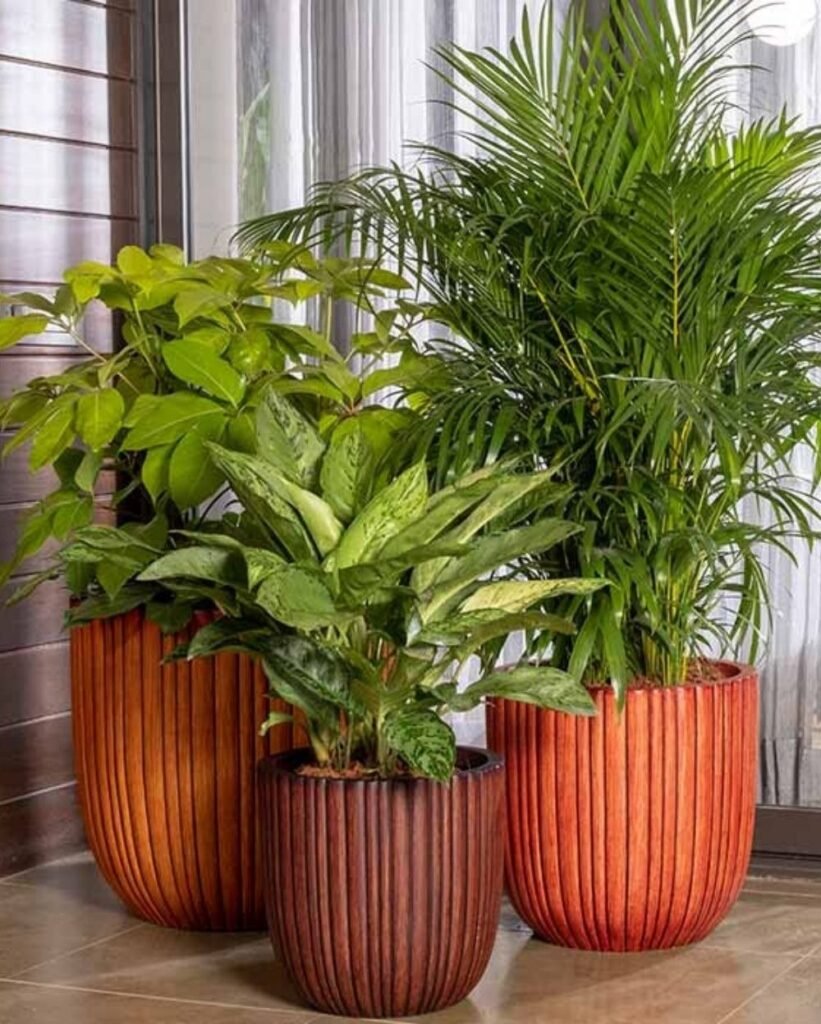
Adding vertical elements can dramatically increase perceived depth:
- Hanging Pots: Ideal for trailing plants like ivy, petunias, or nasturtiums.
- Plant Stands: Place medium or small pots at different heights using stands or shelves.
- Tiered Arrangements: Stagger pots in steps or layers to create a cascading effect.
Vertical arrangements are especially useful for balconies or small terraces where floor space is limited.
7. Create Pathways and Leading Lines
Even in a small balcony, visual pathways guide the eye and add depth:
- Arrange pots along the edge of a balcony to form a subtle path.
- Place larger pots at corners and smaller pots leading toward the center or railing.
- Use curved arrangements to create a sense of movement and distance.
This technique makes your garden feel more spacious and immersive.
8. Mix Pot Sizes and Shapes
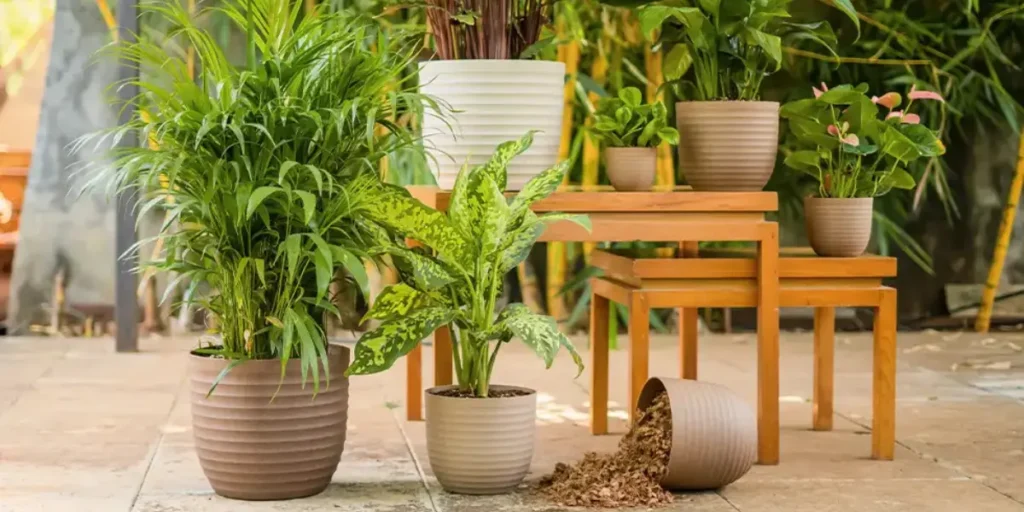
Using pots of varying sizes and shapes contributes to depth:
- Tall Cylindrical Pots: Add vertical height and structure.
- Low Wide Pots: Provide a base layer and foreground coverage.
- Round, Square, and Irregular Shapes: Adds visual contrast and keeps the arrangement interesting.
Grouping pots in a variety of shapes and sizes prevents monotony and enhances three-dimensional appeal.
9. Strategic Plant Placement
Think about foreground, midground, and background when positioning plants:
- Background: Use tall or structural plants to anchor the arrangement.
- Midground: Fill with medium-sized, eye-catching plants.
- Foreground: Place small or trailing plants to soften edges and guide the viewer’s gaze.
For balconies, place the tallest plants near railings or corners and shorter plants closer to walkways or seating areas.
10. Regular Maintenance Enhances Depth
Even the best arrangement loses impact without care:
- Prune and Deadhead: Keeps plants looking fresh and prevents overcrowding.
- Rotate Pots Occasionally: Ensures even sunlight exposure and promotes balanced growth.
- Replace or Refresh Soil: Maintains healthy growth and vibrant foliage.
- Clean Containers: Polished or clean pots enhance the visual layering.
Maintaining your plants preserves the integrity of your layered design and ensures visual depth remains effective.
Conclusion
Arranging flower pots for visual depth is a blend of art and strategy. By combining height, color, texture, and strategic placement, you can create a balcony, terrace, or indoor garden that feels dynamic, layered, and expansive.
Key takeaways:
- Use varying plant heights to create foreground, midground, and background layers.
- Group pots in odd numbers for natural, visually appealing clusters.
- Utilize color, texture, and foliage shapes to differentiate layers.
- Incorporate vertical elements like hanging pots or plant stands.
- Mix pot sizes and shapes to add variety and interest.
- Create visual pathways or leading lines to guide the eye.
- Maintain your arrangement with regular pruning, soil care, and rotation.
With thoughtful planning and creative placement, even a small balcony can feel like a lush, immersive garden, maximizing aesthetic appeal and creating a relaxing green retreat.
